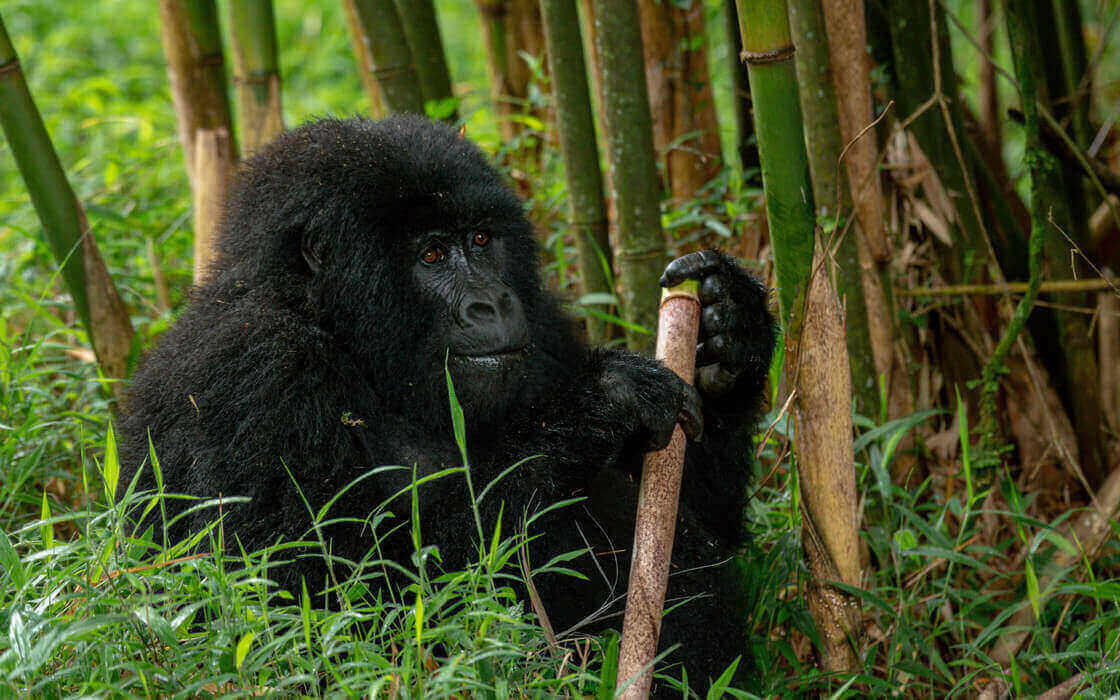The Impact of Tourism on East African Communities

Tourism, often touted as one of the fastest-growing sectors, has significantly shaped the economies of many countries, especially in regions rich in natural beauty and cultural heritage like East Africa. Countries such as Kenya, Tanzania, Uganda, and Rwanda are renowned for their wildlife reserves, pristine beaches, and cultural tours, attracting millions of tourists each year. This influx of visitors has profound impacts on local communities, both positive and negative. Understanding these impacts is crucial for promoting sustainable tourism that benefits both visitors and locals.
Economic Benefits of Tourism
One of the most visible impacts of tourism is its contribution to local economies. In East Africa, tourism is a major economic driver, generating billions of dollars in revenue each year. This income is vital as it helps to fund public services, infrastructure development, and conservation efforts. In Kenya, for instance, tourism contributes approximately 10% of the GDP and provides employment to over 9% of the population.
Tourism revenue aids in the construction of schools, hospitals, roads, and other critical infrastructure, often in rural areas where such development might not otherwise occur. Moreover, it provides entrepreneurial opportunities for local people. In the markets of Nairobi, Kampala, and Dar es Salaam, tourists purchase handicrafts, artworks, and souvenirs, which are often produced locally, providing a direct stream of income to craftspeople and small business owners.
Cultural Exchange and Preservation
Tourism also fosters cultural exchange and preservation, which are vital for maintaining the rich heritage of East African communities. Tourists come not only to see animals in their natural habitats but also to experience local cultures through music, dance, food, and festivals. This interest encourages communities to maintain and celebrate their traditions and customs, which might otherwise be at risk of fading away in a rapidly globalizing world.
For example, in Tanzania, cultural tourism programs allow visitors to stay in Maasai villages, participate in dances, and learn about traditional medicines and cattle-herding techniques. This not only educates tourists but also provides Maasai communities with the financial resources to preserve their way of life and pass it down to future generations.
Environmental Impact
The environmental impact of tourism is a double-edged sword. On one hand, the revenue from park fees and guided tours contributes to conservation efforts. For example, gorilla trekking in Uganda and Rwanda generates significant funds used directly for the conservation of the endangered mountain gorillas and their habitat. On the other hand, the influx of tourists can lead to environmental degradation if not managed properly. Challenges such as pollution, habitat destruction, and wildlife disturbance are real threats that require ongoing attention and regulation.
Challenges of Tourism Dependency
While tourism is beneficial, over-dependency on it can be problematic. The COVID-19 pandemic starkly highlighted this issue when travel restrictions led to a drastic drop in tourist arrivals, devastating economies that rely heavily on this sector. In response, countries like Kenya and Rwanda are exploring ways to diversify their economies to be less dependent on tourism while still promoting it as a key economic driver.
Furthermore, the benefits of tourism are not always evenly distributed among the local population, often leading to disparities and social tension. In some cases, the presence of large, foreign-owned resorts results in minimal economic benefit to local communities, as profits are repatriated rather than reinvested locally.
Towards Sustainable Tourism
For tourism to be truly beneficial to East African communities, it must be sustainable. This means implementing practices that ensure long-term economic, social, and environmental health. Governments, NGOs, and the private sector are increasingly collaborating to promote responsible tourism that prioritizes local community involvement and benefits, environmental conservation, and cultural preservation.
Initiatives such as community-based tourism (CBT) are gaining traction. CBT projects involve locals directly in the tourism industry, ensuring that they have a say in how it is developed and that a larger share of the benefits stays within the community. Additionally, efforts to promote eco-tourism are helping to minimize the ecological footprint of tourism, ensuring that natural resources are preserved for future generations.
Conclusion
Tourism in East Africa offers a gateway to some of the world's most spectacular sights and experiences. Its impact on local communities is profound and multifaceted, bringing substantial economic, cultural, and developmental benefits. However, these benefits come with responsibilities to ensure that tourism growth does not compromise the ecological and cultural integrity of the regions. Through concerted efforts toward sustainable practices, East Africa can continue to enjoy the fruits of tourism while safeguarding its resources and heritage for future generations.

Pande Nabende
Related content
Interdum et malesuada fames






